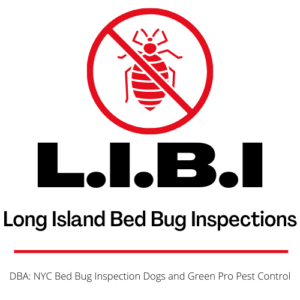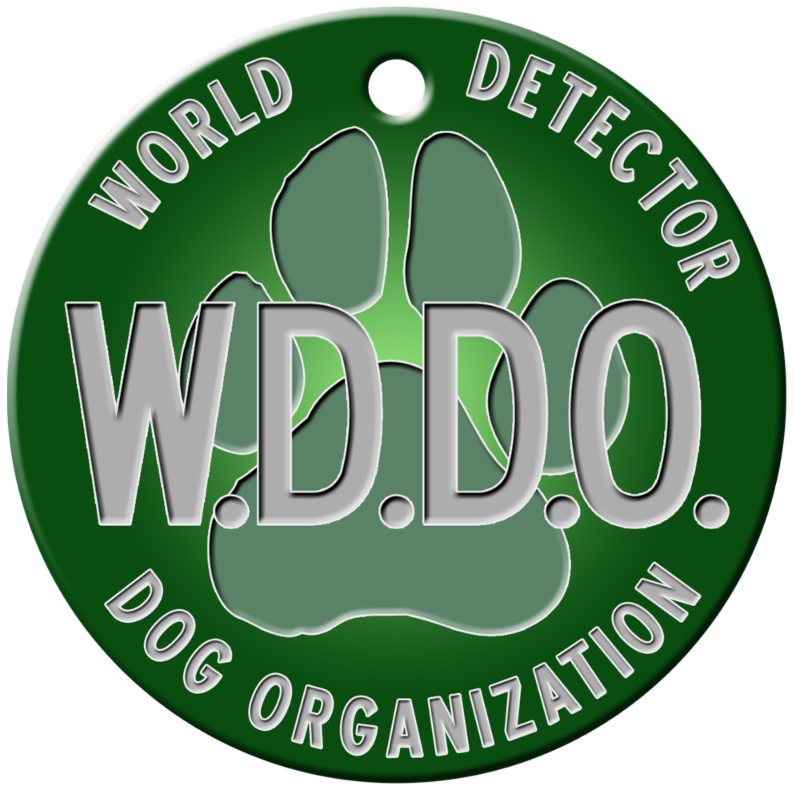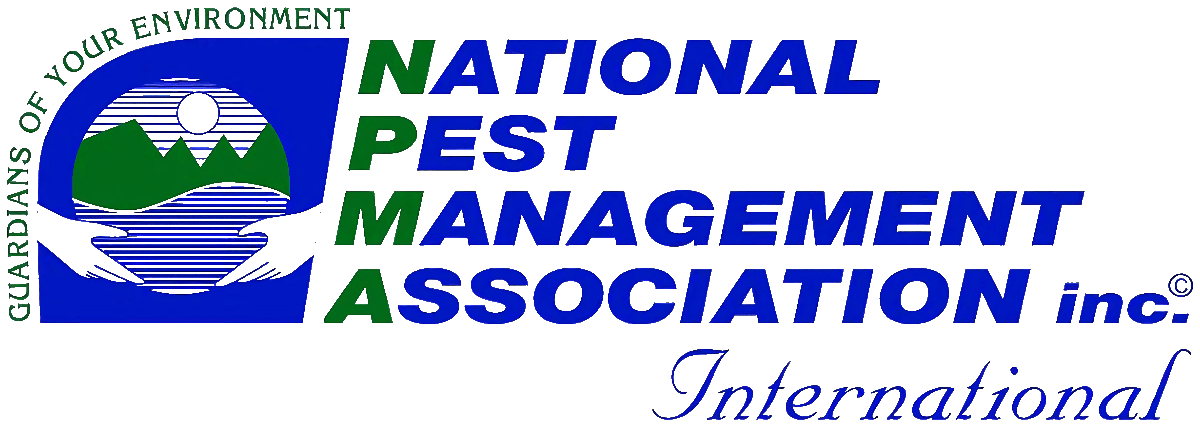When your family suspects you may be dealing with a full-scale bed bug infestation the first instinct is to call in a professional. Bed bug removal services will come into the home to investigate the infestation, and using a wide array of tools and techniques will discover the invading parasites. Bed bug sniffer dogs; passive interception devices; and good old-fashioned visual inspection will all be brought to bear on your family’s unique pest problem.
Once your bed bug removal tech has determined the scale of the infestation, and has discovered where the major hot spots are in your home, they will suggest a course of action to eradicate the bed bug infestation. Often, the treatment your pest control experts suggest will include heat treatments.
Bed Bug Heat Treatments
Heat treatments for bed bug removal have become increasingly popular over the last several years. The technique is simple: ambient temperatures within the bed bug’s environment is raised to a level (typically between 112 and 122 degrees) that kills bed bugs at all stages of their development. Heat treatment is an effective way to eradicate bed bug adults, nymphs, and eggs.
Heat treatment also has another important advantage over other techniques. Where pesticides often carry a health risk for humans and their pets, heat treatment is cleaner and safer for all. Of course, before your bed bug removal team can apply a well-managed heat treatment to your bed bug problem there are some things that you, as a homeowner and client, must do to prepare.
Bed Bug Heat Treatment Prep List
Before your bed bug inspection and removal experts can perform a scheduled heat treatment there are a few things that need to be done to prep the home. These are all fairly simple, but they must be completed before treatment can begin.
Washing and Drying Linens and Laundry
Bed bugs can cling to fabric so it is necessary to thoroughly wash and dry any linen, beddings, and other laundry prior to a bed bug treatment. The best method here is to wash and dry small loads to better ensure any bed bugs that may be lurking in your laundry are successfully exterminated. Also, a quick tip: once a load is dry heat it again for an addition 30 minutes to ensure any and all bed bugs or bed bug eggs are fully eradicated.
Once dry you can either remove your laundry from the home or leave it inside. If you choose to remove it pack everything in re-sealable plastic bags or tubs and store in a remote location that is protected from exposure to bed bugs.
You can, of course, leave your laundry in your home. Heat treatment is non-toxic so your clothes and linen will be safe. However, if you do choose to leave everything in the home make sure it is loosely stored in baskets or open drawers to allow for proper air circulation throughout the treatment process.
De-Clutter the Treated Area
After you’ve washed and dried your laundry it’s time to de-clutter the rest of your home. Organize your closets and storage areas with an eye toward ensuring proper airflow throughout the heating process.
Remove toys and other belongings from the floor. Remove any books, glass fixtures, knick-knacks and paintings from open spaces to avoid potential accidents. The same holds true for any other valuables you may want to protect.
One last tip: medications should be removed from the home entirely or, at the least, temporarily stored in a refrigerator to protect them from the heat.
Certain Items Should Be Removed from the Home
Heat treatment for bed bug removal is extremely safe. However, there are some household items that can be damaged or ruined if they are left in the home during the process. Before your treatment begins make sure to remove all of the following items from your home:
- Anything flammable (alcohol, lighters and lighter fluid, aerosol sprays, kerosene, etc.)
- Wooden and Stringed instruments (guitars, pianos, clarinets and other wind instruments, etc.)
- Vinyl LPs and cassette recordings
- Cosmetics
- Houseplants
- Paintings
- Batteries and battery operated appliances
- Smoke detectors
- Medications (vitamins, prescription meds, etc.). These can also be temporarily stored in a refrigerator if they are temperature stable.
Bed bugs often hide in electronics so these should be left in the home during a heat treatment. The heat should not adversely affect electronics.
Final Inspection
Finally, take a last look around your home before the heat treatment begins. Once the process is started it cannot be interrupted. Take a final walk through and make sure everything that should be removed has been and that storage areas are clear and open to the air. Unplug any power cords (including computers, refrigerators, etc.) and make sure all vents and power outlets are uncovered and open to the air.
Be Prepared to be Patient
Bed bug heat treatments can take between 6 and 8 hours depending on the size of the area and the level of infestation. Make your plans accordingly and decide where you will be spending that time while your removal team is working on your home. Once the process has been completed and the ambient temperature has returned to normal your bed bug removal experts will notify you. At that point you will be able to reenter your home and begin clean up procedures.
Heat treatment is a safe and effective method for bed bug removal. If you suspect your home or office has been invaded by bed bugs contact a professional bed bug inspection and removal service at your first opportunity. The sooner you take action, the quicker you can eliminate the infestation and get your life back on track.
Published by Scott Palatnik
If you believe you’ve brought bed bugs into your home or office, give us a call, we can help!
Now with 2 locations. On Long Island @ 516-619-6149, or in NYC @ 212-299-9186
We are Long Island Bedbug Inspections.
Your Bedbug Inspection, and Elimination solution.


